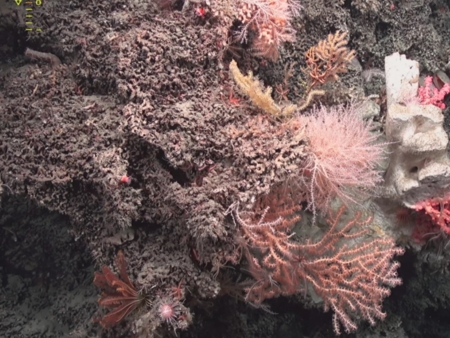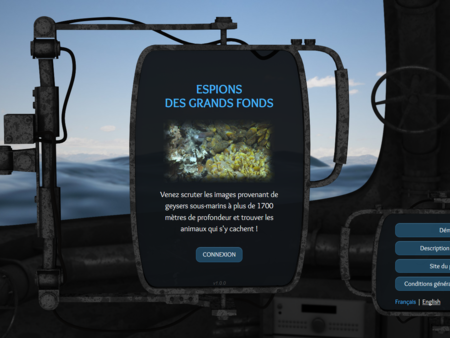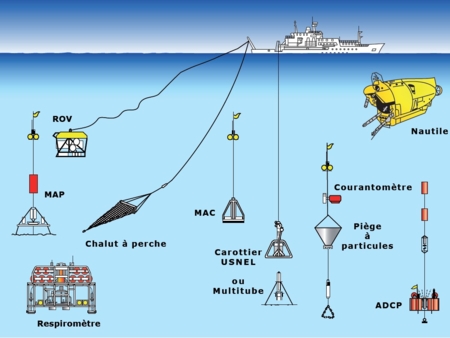There and there again: Hydrothermal vent communities at Mokuyo Seamount, 30 years apart
Paru dans Ecological Research
Chen, C., Methou, P., Yamamoto, D., Kayamori, M., Nomaki, H. (2024)
Deep-sea hydrothermal vents are biological hotspots driven by microbial chemosynthetic primary production and characterized by a high proportion of endemic, specially adapted species. Vent communities can be unstable depending on the geological setting, as the underlying geofluid supply may change in location and chemical composition over a decadal timescale. Although the Izu-Ogasawara Arc in Japan is home to many vent fields within an Ecologically or Biologically Significant Marine Area (EBSA), no observations of decadal changes have been conducted. On Mokuyo Seamount, venting was first confirmed by several submersible dives between 1990 and 1993, but only fragmentary information has been published on its biodiversity. Here, we revisited Mokuyo on two dives between 2021 and 2024, three decades after its discovery. We found changes in venting activities, with the fluid supply on the northern caldera wall almost completely waned, while the northeastern face of the central cone has become increasingly active. The northwestern ridge of the central cone was covered in a dense white plume, under which xenophyophores (giant protists) thrive. The first comprehensive faunal sampling at Mokuyo greatly updated the faunal list from three to 18 species. Our results suggest vent communities on the Izu-Ogasawara Arc shift on a decadal scale, providing key baseline data for future conservation planning of the EBSA.










